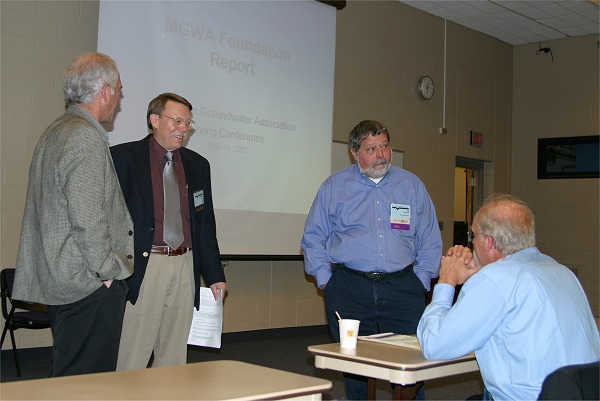Methods for Solving Complex Ground Water Problems
April 19, 2007, 8am – 4:30pm
Presentations
Jeff Stoner, MGWA President
Introduction
Secondary-Permeability Systems
Tony Runkel, Minnesota Geological Survey
Fractures and other secondary pores in relatively undeformed, Paleozoic bedrock, Minnesota and north-central USA
E Calvin Alexander Jr., University of Minnesota
Fractured sandstone karst aquifers, the St. Peter, Jordan and Hinckley Formations: Examples for Askov, Woodbury, Rochester and elsewhere
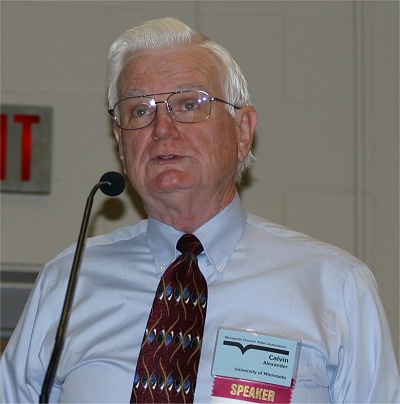
John Williams, US Geological Survey, NY
Hydraulic and Water-Quality Characterization of Fractured-Rock Aquifers Using Borehole Geophysics
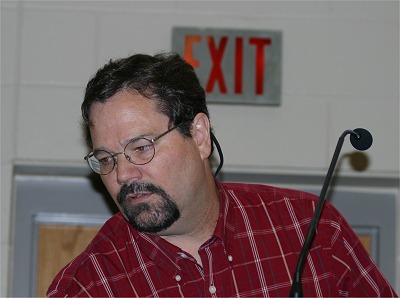
Satish Gupta, University of Minnesota
Role of Earthworms on Preferential Transport Through Soils
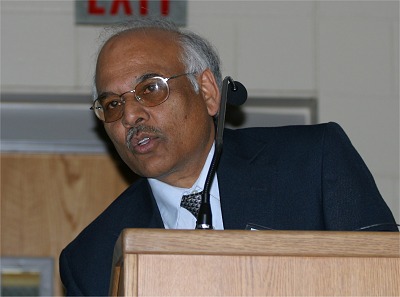
Bruce M. Olsen, MN Department of Health
Protecting Source Waters in Secondary Permeability Environments: Finding Overlap Between The Safe Drinking Water Act and The Clean Water Act
Bill Gregg, ENSR International
The Role of Multi-Aquifer Wells in Coal-Tar Migration
Ground Water Recharge
Jan Falteisek, MN DNR Waters
Overview of Recharge to Surficial Ground Water Systems in Minnesota
Geoff Delin, US Geological Survey
Comparison of Recharge Estimation Methods Used in Minnesota
Art Baehr, US Geological Survey, NJ
The Unsaturated Zone is Not a “Black Box”- Implications for Contaminant Transport
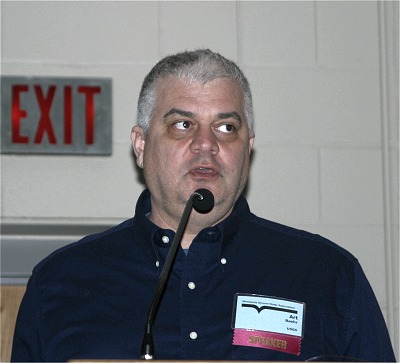
John Nieber, University of Minnesota
Multi-Scale Quantitative Mapping of Recharge/Discharge to Ground-Water Systems In Minnesota
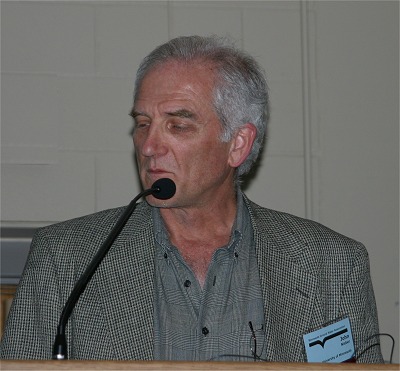
Ray Wuolo, Barr Engineering
A deterministic modeling approach to estimating recharge in south Washington County
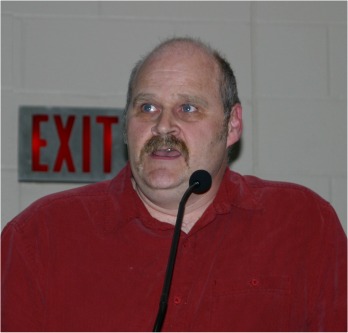
Princesa VanBuren, MN Environmental Quality Board
Use of Recharge Estimates to Describe Water Sustainability in Minnesota
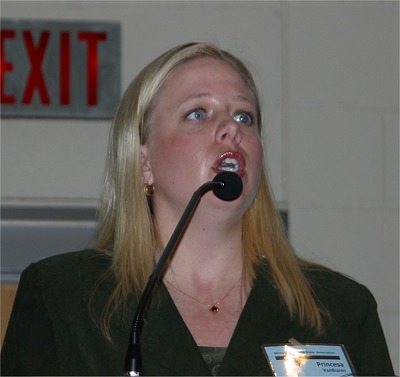
The usual suspects
